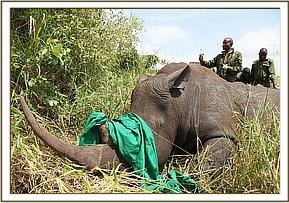The David Sheldrick Wildlife Trust is proud to partner the Kenya Wildlife Service (KWS) in establishing our third mobile veterinary unit, this time for the Eastern Conservation Area
The David Sheldrick Wildlife Trust is proud to partner the Kenya Wildlife Service (KWS) in establishing our third mobile veterinary unit, this time for the Eastern Conservation Area. Senior officials from the KWS along with the Meru Veterinary Unit team members and Dr. Dame Daphne Sheldrick, Robert Carr-Hartley and Angela Sheldrick, were peresent for the launch that took place at the Trust headquarters in Nairobi National Park the morning of February 4, 2013.
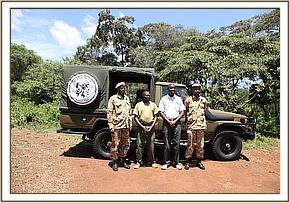

The unit will be based at Meru National Park and will provide veterinary services to the entire Eastern Conservation Area and parts of the Northern Conservation Area. It will also supplement the Mountain mobile veterinary unit in attending to some of the emergencies in the Laikipia-Samburu ecosystem.
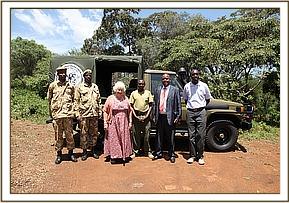

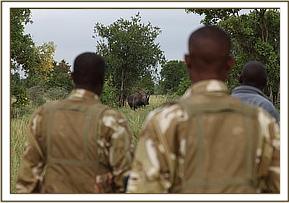

The Meru Mobile Veterinary Units very first patient was a female white rhino in the Meru Rhino Sanctuary treated on the 6th February. Although common in hippopotamus, black rhinos and buffalos, a filarial parasite is inflicting abnormally large legions on white rhinos, which is unique to Meru National Park. This parasitic infection creates expansive wounds, which left untreated have in the past caused death.
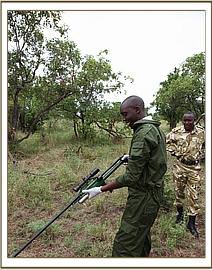
Treatment of the rhino went exceptionally well for Dr Rono and the new unit, although the female rhino who was accompanied by an older calf ran over 3km after she was darted, with a KWS plane flying overhead and the new units capture rangers and KWS rangers in hot pursuit on foot, before Pemba, one of the Meru Units new rangers instigated a roped capture as the rhinos adrenaline after the run was preventing her from going down, so the team was forced to pull her by hand to the ground. The wound was heavily infected and smelled rotten, it was cleaned and treated and the patient was given all the necessary medication before green clay was thickly applied to the wound and the rhino successfully revived. The calf stayed closed to its mother throughout the procedure calling her mother constantly, but the within ten minutes the mother was back on her feet and back with her calf. Everyone was extremely pleased with the treatment.
